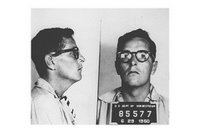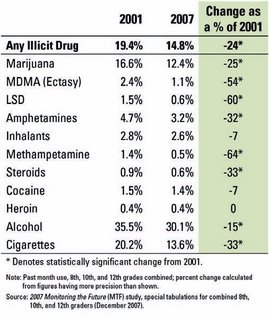 inside higher ed reports on criminal background checks for faculty members.
inside higher ed reports on criminal background checks for faculty members.
i was surprised a few years ago when a student applying for an academic position sweated-out a very thorough criminal background investigation. during my job search in the mid-1990s, i can’t recall any discussion of criminal history — except for the senior scholar who chided me, saying “young criminologists these days haven’t done enough crime to make any sense of it.”
i can understand why colleges and universities might want a basic screen on applicants, but my student was called upon to explain every single arrest. on this point, i agree with the senior scholar who interviewed me: screening out criminologists with arrest histories is sort of like screening out economists who’ve handled currency.







